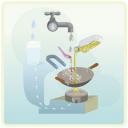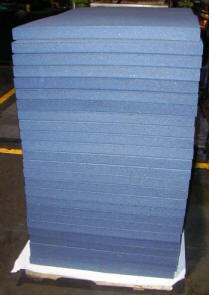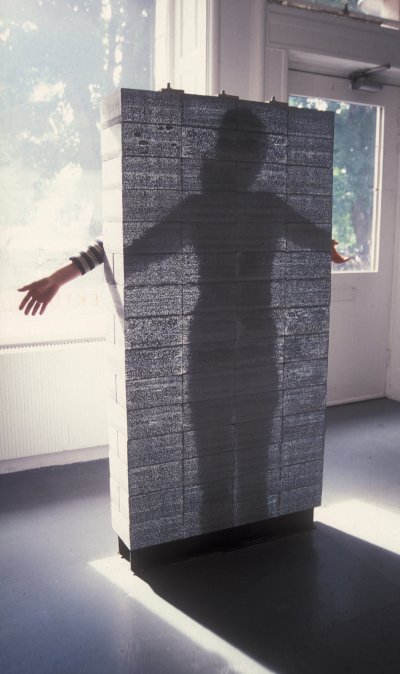Tree Tent Lets You Hang Out With a Tree
December 4th, 2007 Posted in inventions, off the grid | One measly comment Make sure you like EcoJoes on Facebook to stay updated on green ways to save money and help the environment. Just click the "like" button below. Muchas gracias!
 Do you love camping, but hate sleeping on the ground? Do you envy the lives of acorns and pinecones, getting to hang from a tree all day? Well have I got an invention for you.
Do you love camping, but hate sleeping on the ground? Do you envy the lives of acorns and pinecones, getting to hang from a tree all day? Well have I got an invention for you.
It’s called the Tree Tent. Designed by Dutch sculptor Dré Wapenaar, the Tree Tent is a 13-foot tall ball that you hang from a tree. Its hardwood floor and round mattress lend an air of dignity to the zaniness of the Tree Tent.
Luckily, it only costs $50,000 to buy yourself one. At that price, I think I’d rather just hang a bag on a tree and crawl inside, but if I was super-rich, I might be tempted to get me one of these. If your bank vault is getting full, you can buy a Tree Tent here.
 Arsenic in water is a big problem in the developing world. It can cause death within 30 minutes. Worse, it is usually odorless and flavorless, so it’s hard for people to detect. Luckily,
Arsenic in water is a big problem in the developing world. It can cause death within 30 minutes. Worse, it is usually odorless and flavorless, so it’s hard for people to detect. Luckily,  Dr. Colvin’s arsenic magnet system could go global as soon as the next five years (if it passes governmental regulations). If her arsenic magnet is mass-produced, it could ease water (and arsenic) worries for millions of people in the developing world. For her invention, I have decided to award her the prestigious EcoJoes
Dr. Colvin’s arsenic magnet system could go global as soon as the next five years (if it passes governmental regulations). If her arsenic magnet is mass-produced, it could ease water (and arsenic) worries for millions of people in the developing world. For her invention, I have decided to award her the prestigious EcoJoes  Americans throw out tons o’ tires each year. In 2003, we threw outÂ
Americans throw out tons o’ tires each year. In 2003, we threw out 